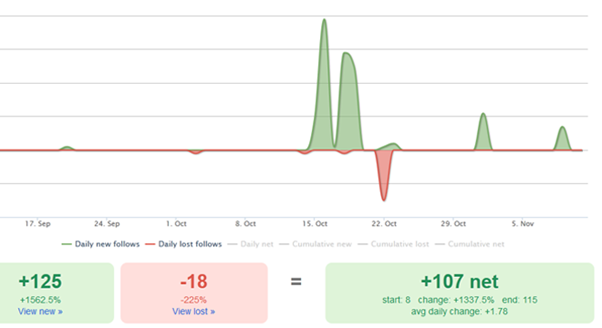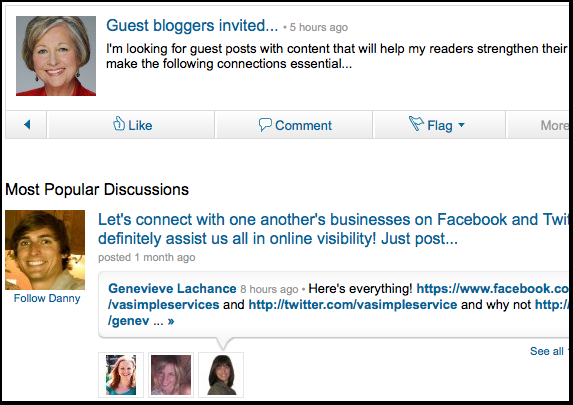The exceptional growth and adaptation of social media networks represents an ideal opportunity to overcome one of the most challenging aspects of the clinical research industry. This rapidly evolving medium can be a powerful recruitment tool that can be used to:
-
Target specific patient demographics
-
Drive more pre-qualified patient referrals
-
Reduce overall costs
A new survey shows that the internet is edging out doctors as people’s primary source of information on clinical trials. These e-patients represent a still largely untapped population of potential participants. Further surveys have shown that 80% of these e-patients would be interested in participating in a clinical trial.
Getting patients to enroll in a clinical trial is one of the biggest challenges that clinical research coordinators face. A whopping 85% of studies incur delays due to patient recruitment. Not being able to meet recruitment standards then creates a number of other problems such as:
-
Drop in research team morale
-
Extended study periods
-
Additional recruitment costs
-
Termination of the trial
The effective implementation of social media has the potential to overcome these challenges. Powerhouse networks like Facebook and Twitter can be used to promote specific trials to targeted demographics while significantly lowering the cost per patient.
Benefits for Clinical Trial Professionals
1) Reach a Larger Audience
One recent study showed that 96% of the world’s most influential newspapers are dealing with record drops in circulation. At the same time, there are close to 2 million pieces of content shared on Facebook everyday. Social networking gives sponsors and clinical trial coordinators the ability to target a vast group of e-patients. But remember that more people are searching for health-related information– not just for new clinical trials. You can engage these potential participants by also sharing valuable content on targeted medical conditions, etc.
2) Reduce the Cost Per Patient
In the past, it was harder to track the effectiveness of each dollar spent on advertising. Advanced campaign tracking tools make it much easier to identify issues and correct them. Just remember that a successful social media campaign must have a clearly defined set of objectives with measurable outcomes or key performance indicators (KPIs).
Here’s a list of useful campaign tracking tools to get you started:
-
Facebook’s Campaign Tracker and Insights
-
Google Analytics
-
Custom Social Media Reports for Google Analytics
-
Twitter Analytics
-
Buffer
3)Target Specific Patient Groups
When looking to reach potential patients, coordinators need to take into account just how unique and diverse a group of people in a given demographic can be. An isolated patient population still will have a wide range of influences that affects the type of information they’ll likely engage with on social platforms.
Social networks allow clinical trial coordinators to tailor their campaign to the exact specifications that are most representative of their target audience. When combined with A/B testing and campaign tracking tools, they can continue to fine-tune their recruitment campaign after it has been launched. (Note that this is not a benefit you’d receive when using direct mail or broadcast advertisements to recruit participants.)
Companies that Use Social Media for Clinical Trial Recruitment
There are a few companies in the pharmaceutical and CRO industry that have seen success using social media as a major part of their patient recruitment strategy:
-
PatientsLikeMe – This is a large online community for people with serious medical conditions. Its online data-sharing platform has proven to be quite efficient at improving patient recruitment for pharmaceutical companies they have partnered with. PatientsLikeMe developed its own approach that they call “clinical trial awareness,” delivering anonymous data reports that have been compiled from the discussion forums and patient profiles.
-
National Cancer Institute (NCI) – The institute has produced its own mobile application that let’s users scan the NCI database for new clinical trials. Users are also able to save their favorites and share relevant information on clinical trials with others over Facebook and Twitter.
-
Acurian – This company has made a name for itself in the industry as a leader in patient recruitment and retention services. It’s not uncommon for Acurian to beat enrollment timelines by four months. A significant number of their patient referrals are being generated through platforms like Facebook and MySpace.
-
Clinical Trials GPS – Clinical Trials GPS provides a unique experience when it comes to finding new clinical trials. Users are given their own personalized patient dashboard that allows them to easily track trials they have applied for. Their dashboard also lists other trials they may be interested in based on their preferences and the research facilities closest to them.
Despite the widely recognized benefits to be gained from using this medium for e-recruitment, many within the pharmaceutical and CRO industry remain hesitant to embrace the platform. This is an industry that tends to air on the side of caution when it comes to new applications, because of the number of rules and regulations surrounding appropriate recruitment practices.
Although there are clear examples of how social media can be implemented effectively, it looks like most companies are going to wait for further guidance from the FDA. This means that a significant opportunity remains for the adventurous few who are tired of losing out on funding due to poor enrollment rates and commencement delays.
There are now more clinical trials being conducted than ever before, which means that it’s even harder for facilities to reach their enrollment goals. Do you think that e-recruitment will help overcome this problem?





the problem i see in the future if this becomes successful are groups in Facebook become overrun by spammers that target FB groups related to any health topic.
Facebook ads are already annoying but when they start to use spam techniques that’s when it gets to become a headache for users.
Great post! You can reach more people on Facebook than Newspapers.